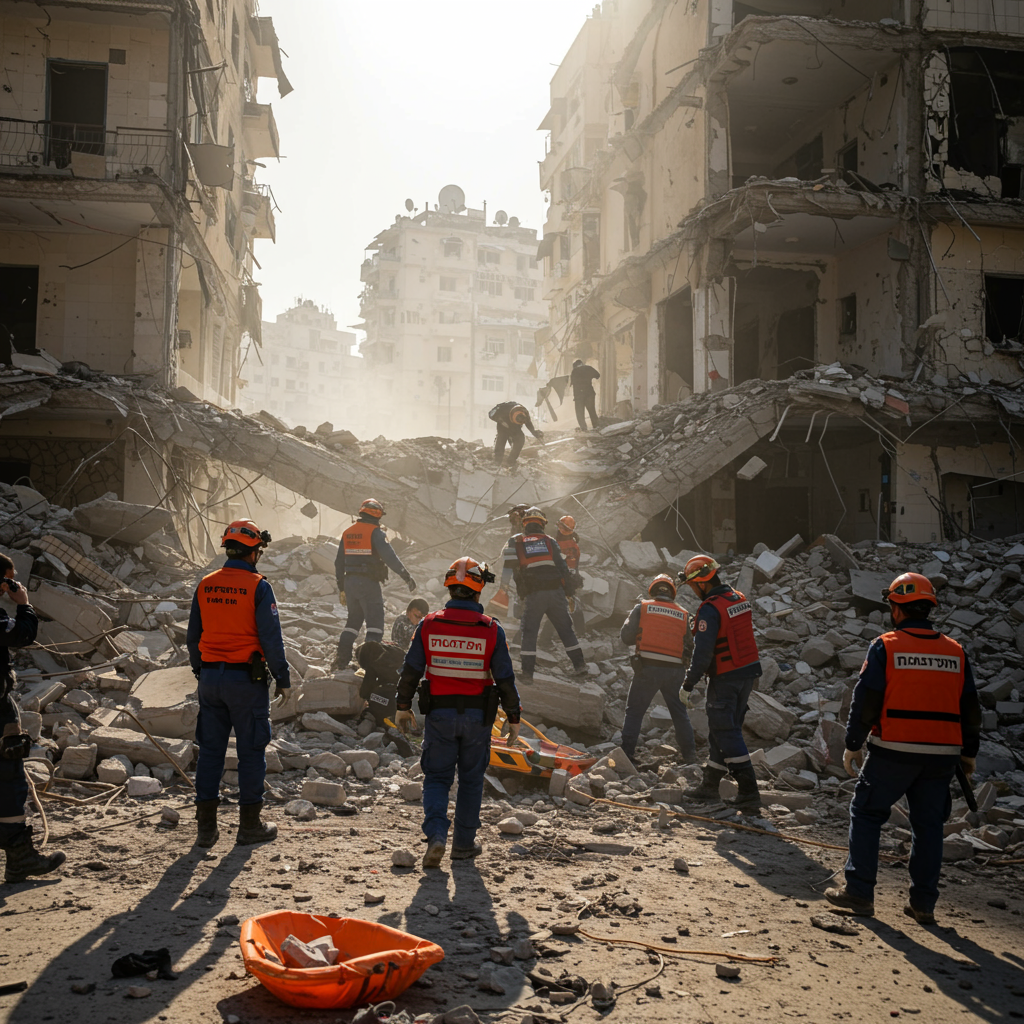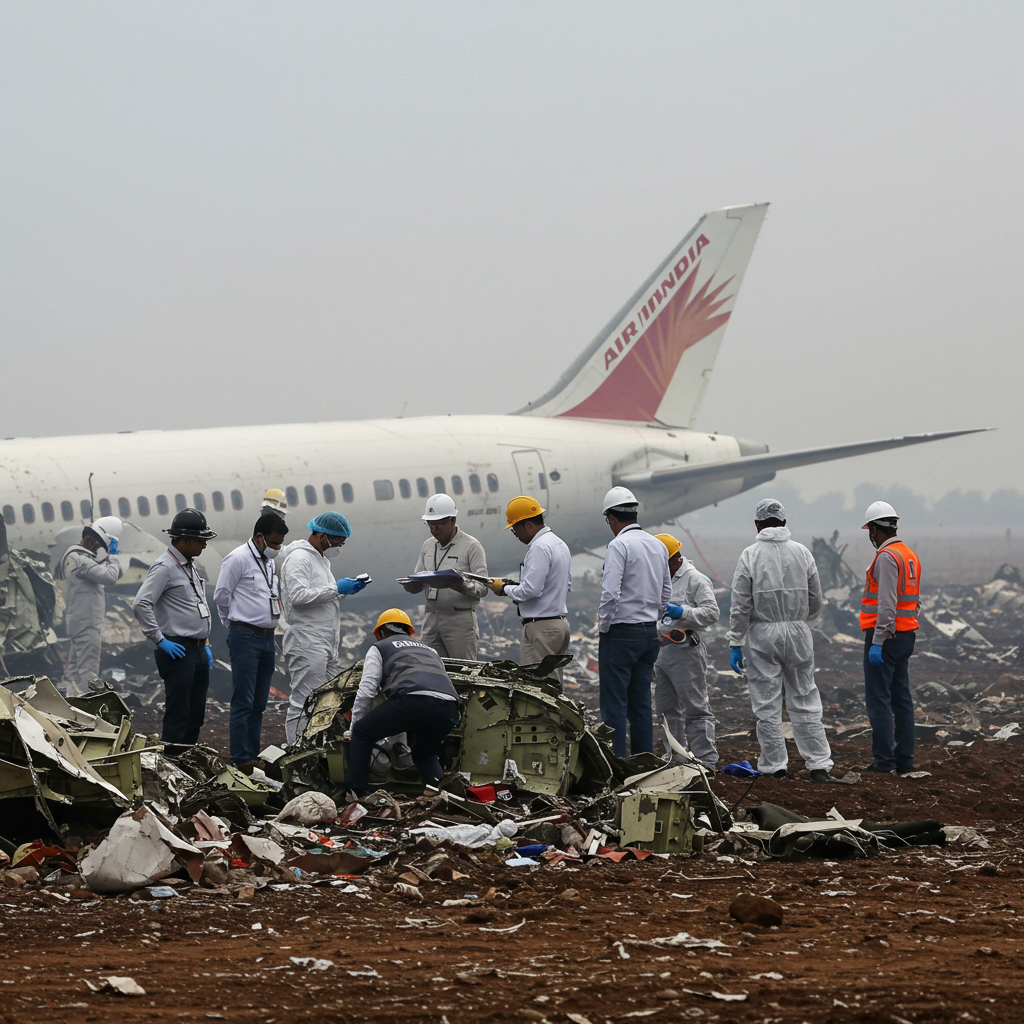The long-feared direct conflict between Israel and Iran has arrived, transforming the Middle East landscape. What both nations reportedly spent decades preparing for – a devastating air and missile war – is now a brutal and terrifying reality, with rescue crews searching for survivors amidst rubble in cities like Tel Aviv and Tehran.
This intense phase of the conflict is fundamentally a test of endurance and resilience for both sides.
The Scope of Israel’s Offensive
Reports indicate Israel launched a major offensive, dubbed “Operation Rising Lion,” described as potentially the largest assault on Iranian territory since the Iran-Iraq War. Israeli strikes, facilitated by intelligence reportedly gathered by Mossad operatives, targeted critical infrastructure beyond just potential nuclear sites. Key targets included:
Nuclear enrichment facilities like Natanz.
Ballistic missile bases.
Iran’s air defense systems.
Crucially, senior Iranian military leadership and nuclear scientists, resulting in significant casualties within the Islamic Revolutionary Guards Corps (IRGC) and the regular armed forces.
Israeli officials have indicated their initial goal is to significantly degrade Iran’s nuclear and missile capabilities, estimating this phase could take at least two weeks. However, the sheer scale and depth of some Iranian nuclear facilities, potentially buried deep underground, may ultimately require assistance from the United States to deliver a decisive “knockout blow.”
Israel’s strategic calculus during this period hinges heavily on maintaining momentum and projecting an “aura of success.” Demonstrating effective progress is seen as vital for influencing the United States, particularly President Donald Trump, and securing continued, potentially deeper, American involvement.
Beyond the immediate goal of degrading capabilities, analysts suggest Israel’s objectives might be layered: either laying the groundwork for subsequent, more comprehensive strikes on nuclear facilities once defenses are weakened, or harbouring wider ambitions, including undermining the Iranian regime’s grip on power by eliminating key leaders, potentially hoping to create space for domestic opposition.
Iran’s Capacity and Response
While Israel achieved tactical success in its initial strikes by neutralizing leadership and damaging defenses, Iran did launch a significant missile barrage in retaliation, demonstrating its capacity to overwhelm some Israeli defenses. However, questions remain about the full extent of Iran’s current ability to fight back effectively.
Some assessments from US and Israeli perspectives suggest that Iran and its proxy network have been significantly weakened in the lead-up to this direct conflict, potentially exposing Iran as a “Paper Tiger” that Israel can attack with relative impunity. Conversely, others argue that Iran may have been deliberately restraining its full capabilities, including those of its regional allies, to avoid escalation. Now that direct conflict is unavoidable, Iran might unleash a more devastating, long-anticipated response, potentially targeting Israeli cities, shipping lanes, and even US personnel in the region.
Though reportedly “reeling” from the initial strikes and in a weaker position than in previous years, Iran’s Supreme Leader has vowed “harsh punishment,” signalling a commitment to retaliation despite potential limitations on immediate options.
The Decisive US Factor
The United States plays a critical and potentially decisive role in this escalating conflict. Israel’s need for potential US military assistance for deeply buried targets underscores this reliance. Furthermore, securing sustained US political and military support is crucial for Israel to achieve its longer-term goals.
The dynamic with the US administration, particularly President Trump, is paramount. Israel’s ability to draw in deeper American backing is linked to maintaining its operational momentum. Conversely, if the pace of damage to Iran’s nuclear sites slows or Israeli casualties mount, President Trump might push for a premature ceasefire, potentially before Israel feels it has achieved its objectives. A hasty end to hostilities under such conditions could leave Iran with a significant incentive and capacity to rapidly restore and even accelerate its nuclear program.
While the US has reportedly signalled to Iran that it was not directly involved in the initial Israeli strikes, the risk remains high that Iran could retaliate against US bases or interests in the Middle East, potentially dragging the US further into the conflict.
The High Stakes: Iran’s Nuclear Future
At the heart of this test of staying power lies the critical question of Iran’s nuclear program. Israel views Iran’s pursuit of nuclear weapons capability as an existential threat, particularly given Iran’s reported stockpiling of highly enriched uranium (HEU) in breach of international agreements. Preventing Iran from reaching “breakout capability” – the point of no return for weapon development – is Israel’s core motivation.
However, a major risk is that Israel’s military action could perversely backfire. While strikes might damage facilities, they cannot permanently prevent a committed nation from pursuing nuclear weapons. For hardline elements within Iran, the attack could reinforce the belief that acquiring a nuclear deterrent is necessary for their security and regime survival, similar to the logic seen in North Korea compared to countries like Libya that gave up WMDs.
This potential push by Iran towards acquiring a bomb after being struck is perhaps the most significant risk of the conflict, raising the specter of a dangerous nuclear arms race across the Middle East, as countries like Saudi Arabia and Turkey might feel compelled to pursue their own capabilities.
Ultimately, the outcome of this brutal test of staying power is far from certain. It depends not only on the military capabilities and resilience of Israel and Iran but also crucially on the strategic decisions of the United States, the unpredictable trajectory of Iran’s nuclear program, and the complex interplay of regional political and security dynamics.




